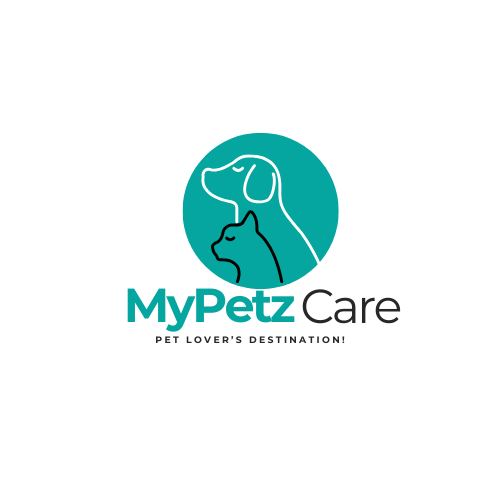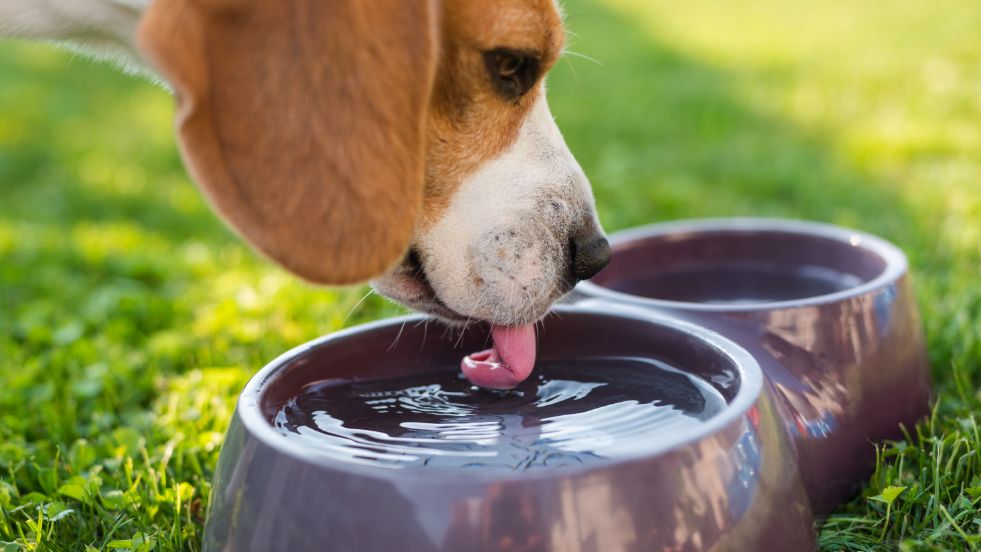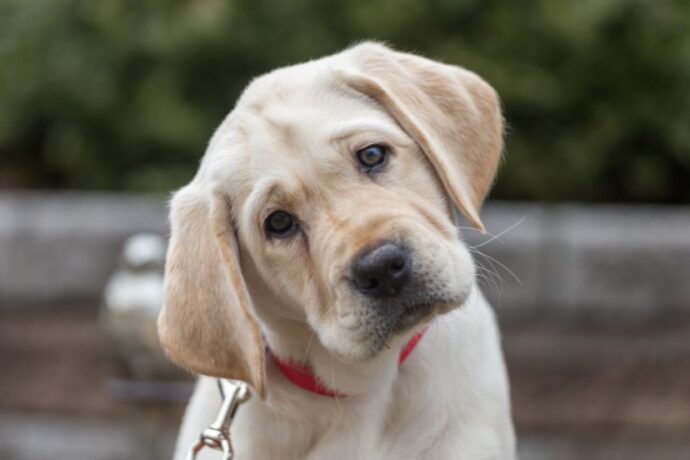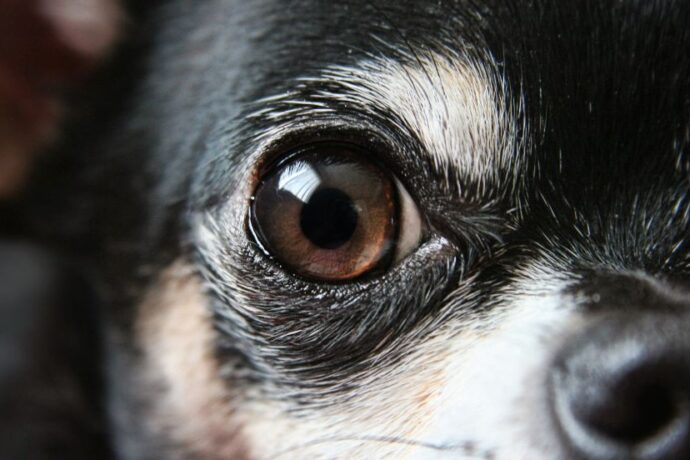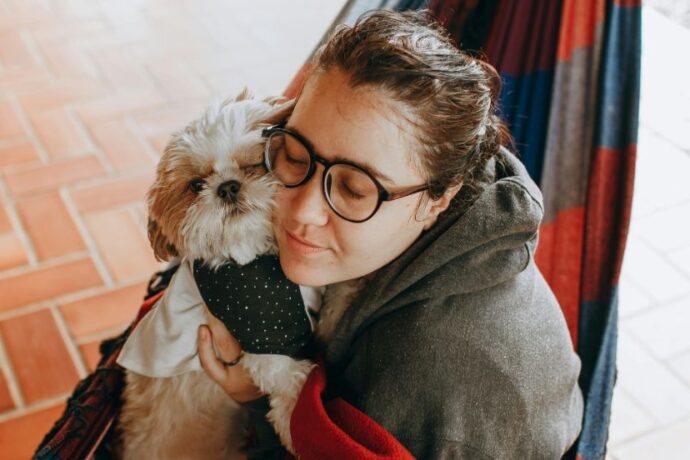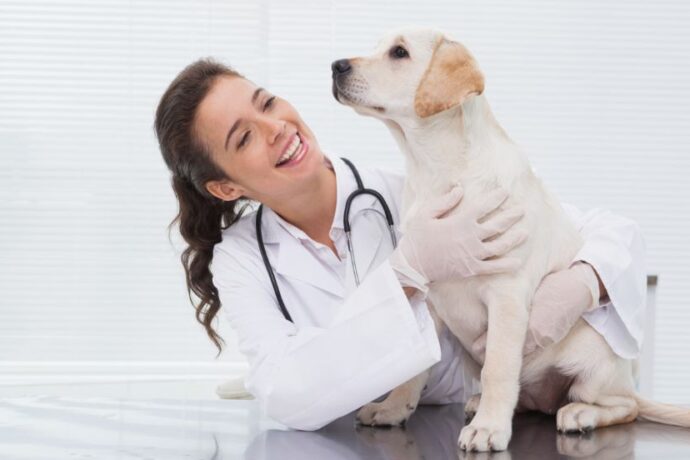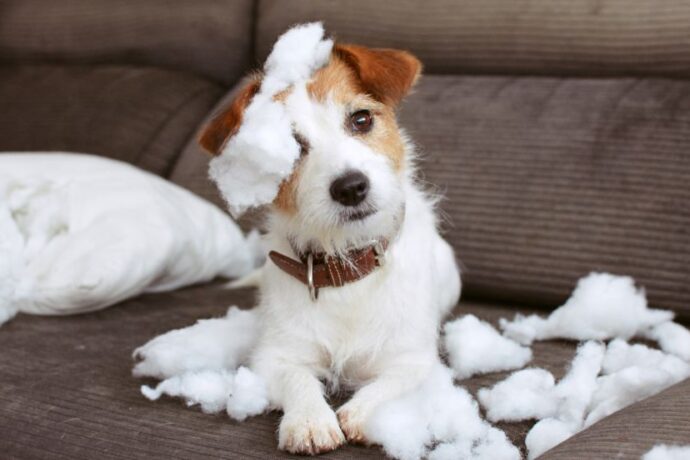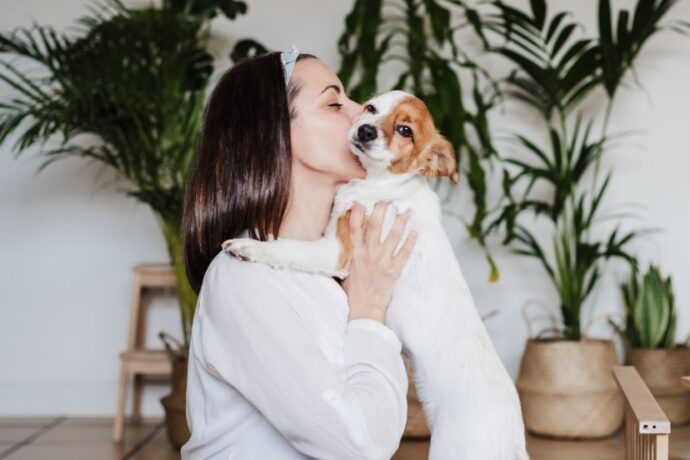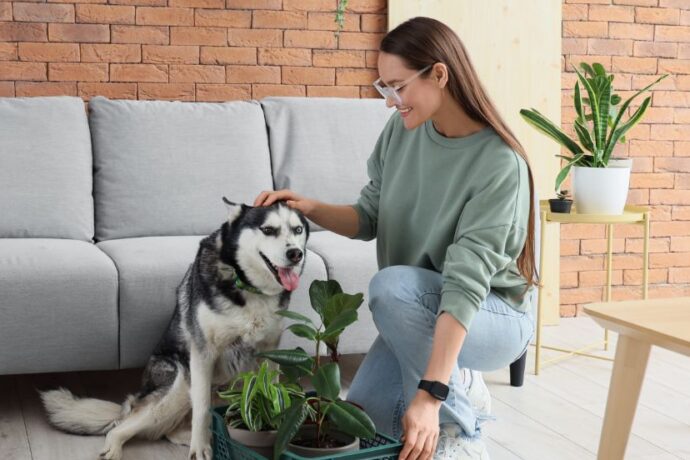Water isn’t just a refreshing drink for your dog—it’s essential for nearly every bodily function, from regulating temperature to aiding digestion. Just like humans, dogs rely on water to stay healthy and active. But how much water is enough? And when should you worry if your dog is drinking too much—or too little? Let’s explore what the science (and veterinarians) say about your pup’s hydration needs.
Daily Water Needs: How Much Is “Normal”?
As a rule of thumb, dogs need about 1 ounce of water per pound of body weight per day. That means a 10-pound dog should drink roughly 10 ounces daily, while a 50-pound dog may need closer to 50 ounces.
Of course, this isn’t a one-size-fits-all number. Factors like activity level, diet (dry kibble vs. wet food), age, and even the weather can influence your dog’s thirst. For example, a working or highly active dog in hot weather may need double the usual amount to stay hydrated.
Pro tip: Wet food contains up to 80% water, so dogs on canned diets may naturally drink less than kibble-fed dogs.
When Your Dog Drinks Less: Should You Worry?
It’s normal for a dog’s water intake to fluctuate slightly from day to day. Some common reasons your dog may drink less include:
- Eating moisture-rich foods like canned diets or fresh meat
- Cooler weather reduces thirst
- Rest days with less activity
- Temporary stress or minor changes in routine
If your pup skips water for more than 24 hours, it’s time to contact your vet. Persistent reluctance to drink may signal underlying health issues such as mouth pain, nausea, or kidney disease.
The Risks of Dehydration: Why Skipping Water Is Serious
When dogs don’t drink enough, their bodies quickly lose balance. Dehydration can cause:
- Lethargy and weakness
- Loss of appetite
- Panting and dry nose or gums
- Digestive issues and constipation
Severe dehydration can even lead to organ damage, shock, or death if untreated. According to the American Kennel Club (AKC), water makes up about 60% of a dog’s body weight, which highlights just how crucial it is (1).
Dog Hydration Comparison Chart
| Category | Normal Water Intake | Too Little Water (Dehydration Risk) | Too Much Water (Excessive Thirst) |
| Daily Amount | ~1 oz per pound of body weight | Less than usual for >24 hrs | Significantly above normal intake |
| Behavior | Regular drinking throughout the day | Lethargy, reluctance to drink | Constantly seeking water, restless |
| Physical Signs | Moist gums, elastic skin | Dry/tacky gums, skin stays tented, sunken eyes | Frequent urination, possible accidents indoors |
| Possible Causes | Normal activity, balanced diet, healthy hydration | Illness, pain, stress, lack of access to water | Diabetes, kidney disease, Cushing’s disease, infection |
| Action Needed | Maintain access to clean, fresh water daily | Encourage drinking, see a vet if no improvement | Track intake and visit a vet promptly |
Quick At-Home Tests: Is Your Dog Dehydrated?
You don’t need fancy equipment to spot dehydration. Here are two simple checks:
- Skin Tent Test – Gently lift the skin at the back of your dog’s neck or between the shoulder blades. In a well-hydrated dog, it should snap back quickly. If it stays tented, dehydration is likely.
- Gum Check – Lift your dog’s lip and touch the gums. Healthy gums should feel moist and slippery. Dry or tacky gums can be a red flag.
If you notice dehydration signs, encourage your dog to drink and call your vet promptly if symptoms don’t improve.
Too Much of a Good Thing: Excessive Thirst Explained
Sometimes, dogs drink far more than expected. This condition, called polydipsia, can point to health problems, including:
- Diabetes
- Kidney disease
- Cushing’s disease
- Infections or fever
Veterinarians often ask owners to measure their dog’s daily water intake to help with diagnosis. If your dog is drinking and urinating excessively, don’t ignore it—book a vet visit.
The Often-Overlooked Detail: Clean Bowls Matter
It might sound simple, but keeping your dog’s water bowl clean is just as important as filling it. Dirty bowls can harbor bacteria, algae, and even mold. According to a study by the National Sanitation Foundation (NSF), pet bowls are among the germiest household items, often dirtier than toilet seats.
Best practice: Wash your dog’s water bowl daily with warm, soapy water and disinfect it weekly. Stainless steel bowls are the easiest to keep sanitary.
What Science Says About Canine Hydration
Research in veterinary medicine supports the importance of consistent hydration. A study published in the Journal of Veterinary Internal Medicine notes that dehydration in dogs affects not just energy levels but also kidney function and thermoregulation (2)(3). This is especially critical for brachycephalic breeds (like Bulldogs or Pugs), which overheat more easily and need careful monitoring in warm climates.
FAQ’s Frequiently Asked Questions
1. Can dogs drink other liquids besides water?
A. Plain, clean water is always best. Small amounts of dog-safe broths can be offered occasionally, but avoid flavored waters, sugary drinks, or anything with caffeine or artificial sweeteners like xylitol, which are toxic.
2. Should I limit my dog’s water before bedtime or travel?
A. Generally, no. Dogs should always have access to water. If nighttime accidents are an issue for puppies or senior dogs, consult your vet instead of restricting hydration.
3. Can ice cubes help keep my dog hydrated?
A. Yes! Many dogs enjoy crunching ice cubes, especially in summer. They provide hydration and cooling. Just make sure the cubes are small enough to avoid choking.
Final Thoughts:
Hydration is one of the simplest yet most powerful ways to protect your dog’s health. While the “1 ounce per pound” rule is a helpful guide, always consider your pup’s lifestyle, diet, and environment. Keep bowls clean, monitor for changes in drinking habits, and don’t hesitate to call your vet if something feels off.
A well-hydrated dog is a healthier, happier dog—and all it takes is a clean bowl of fresh water.
Reference:
